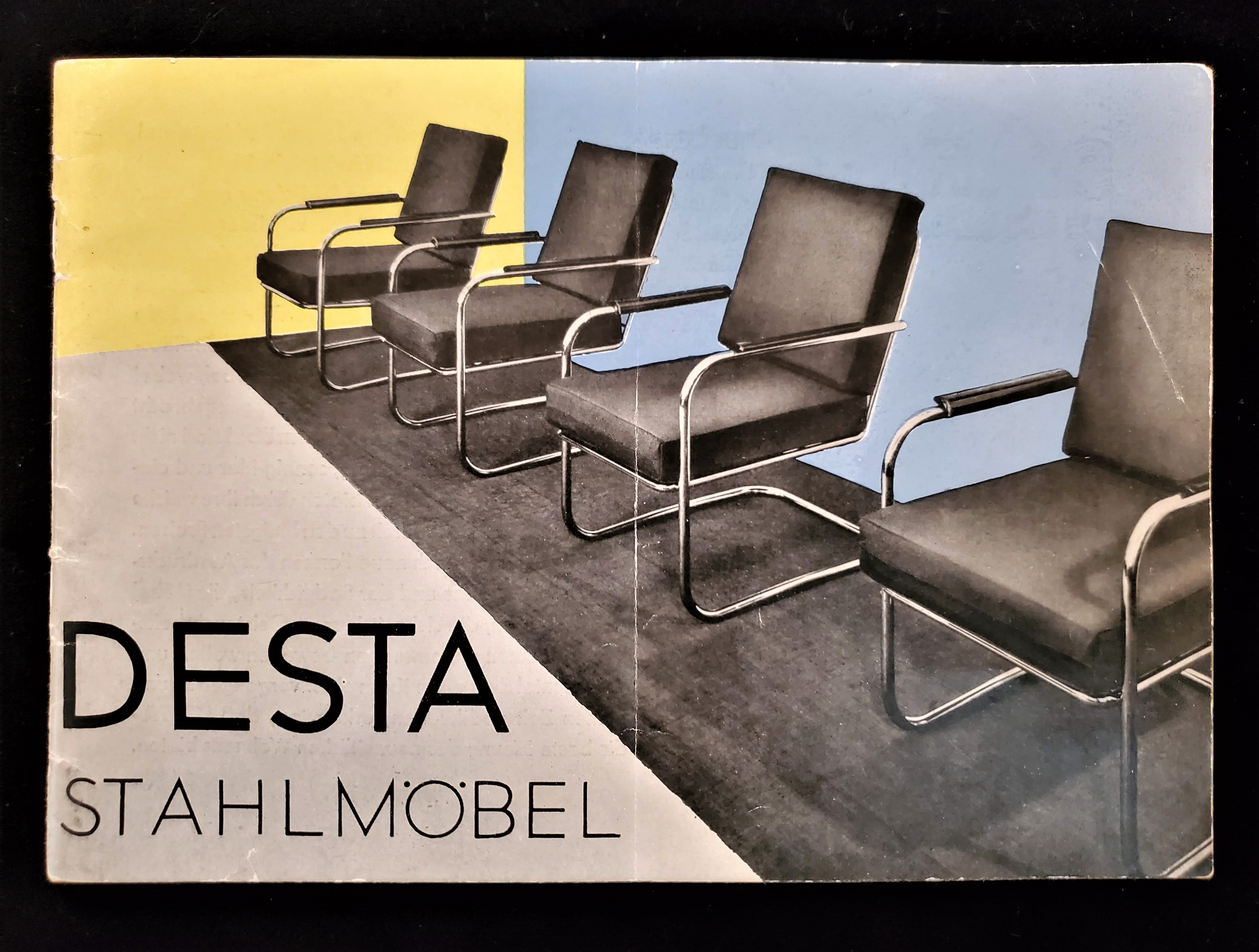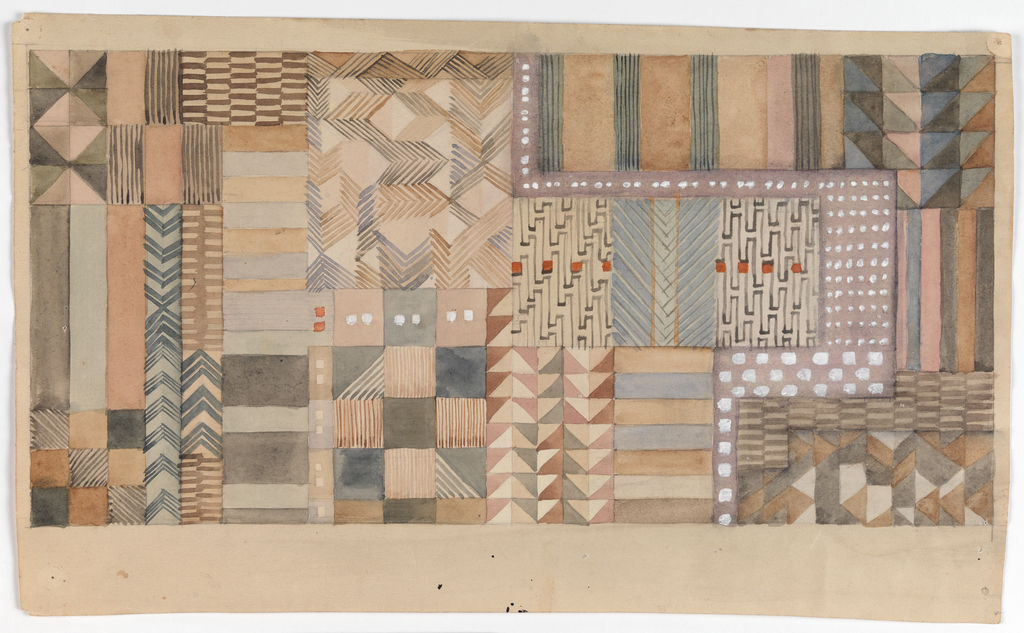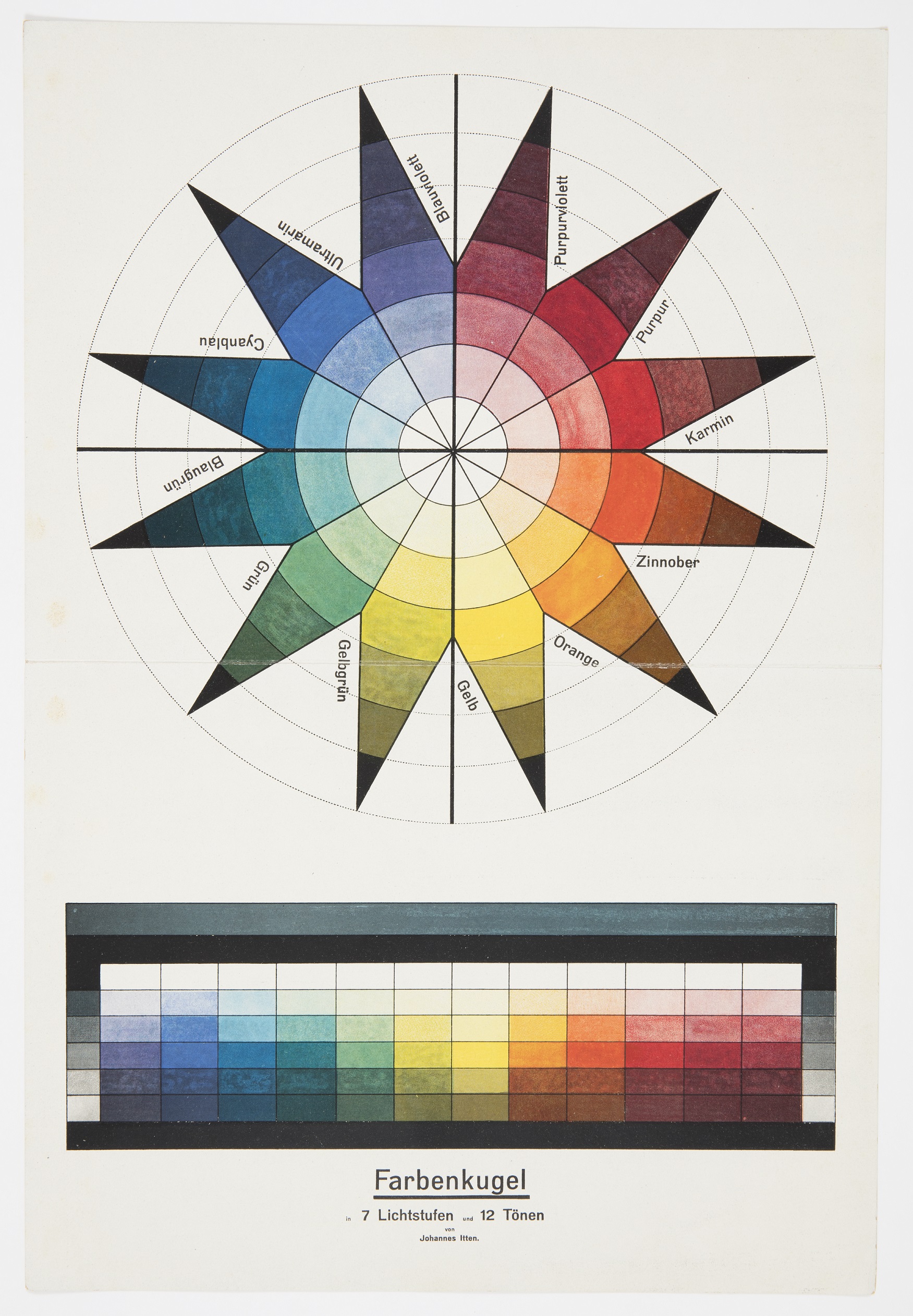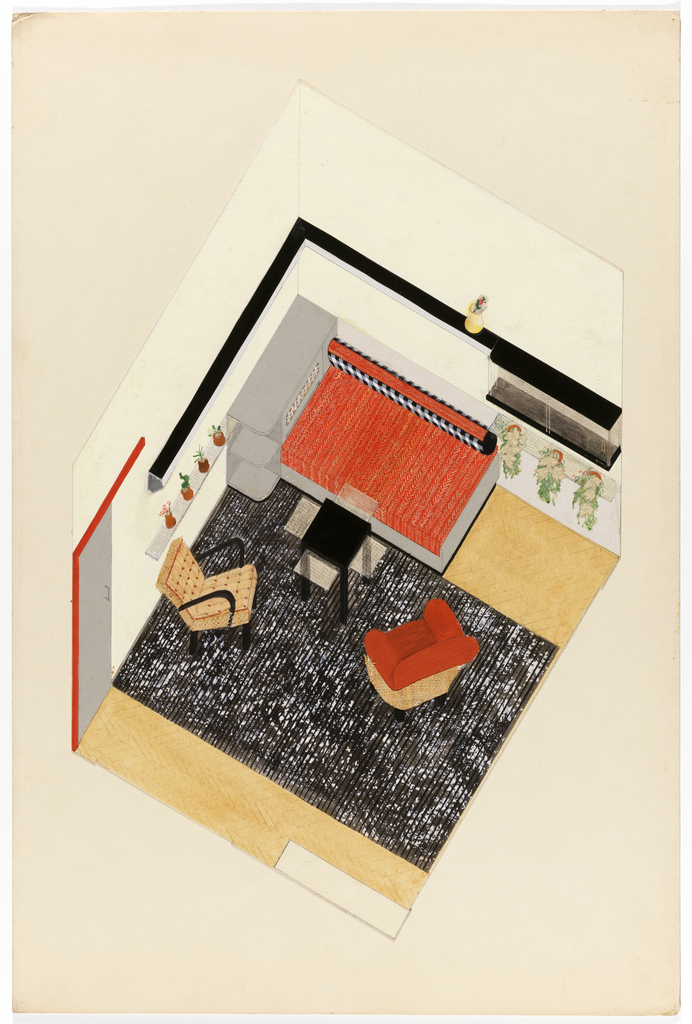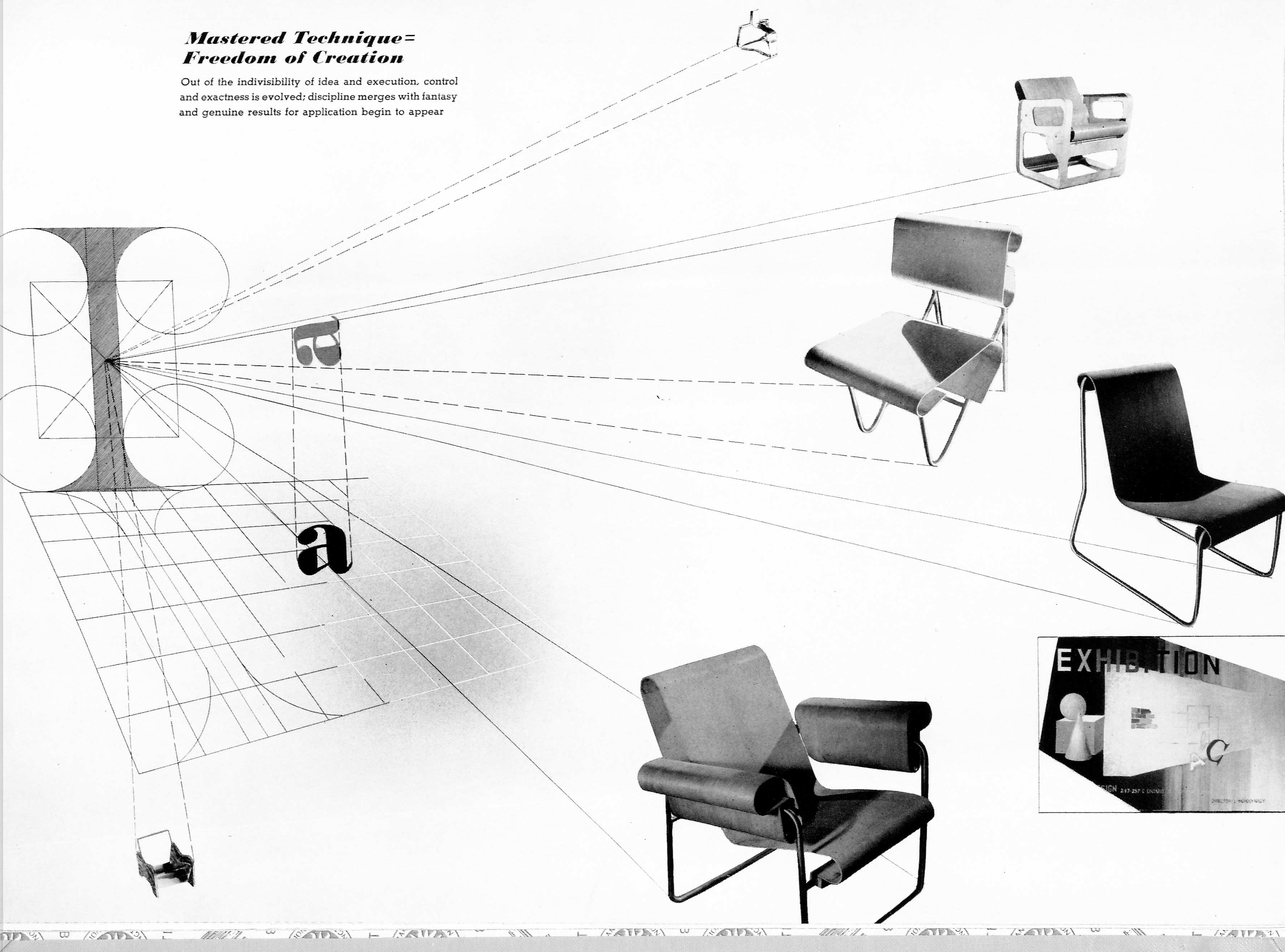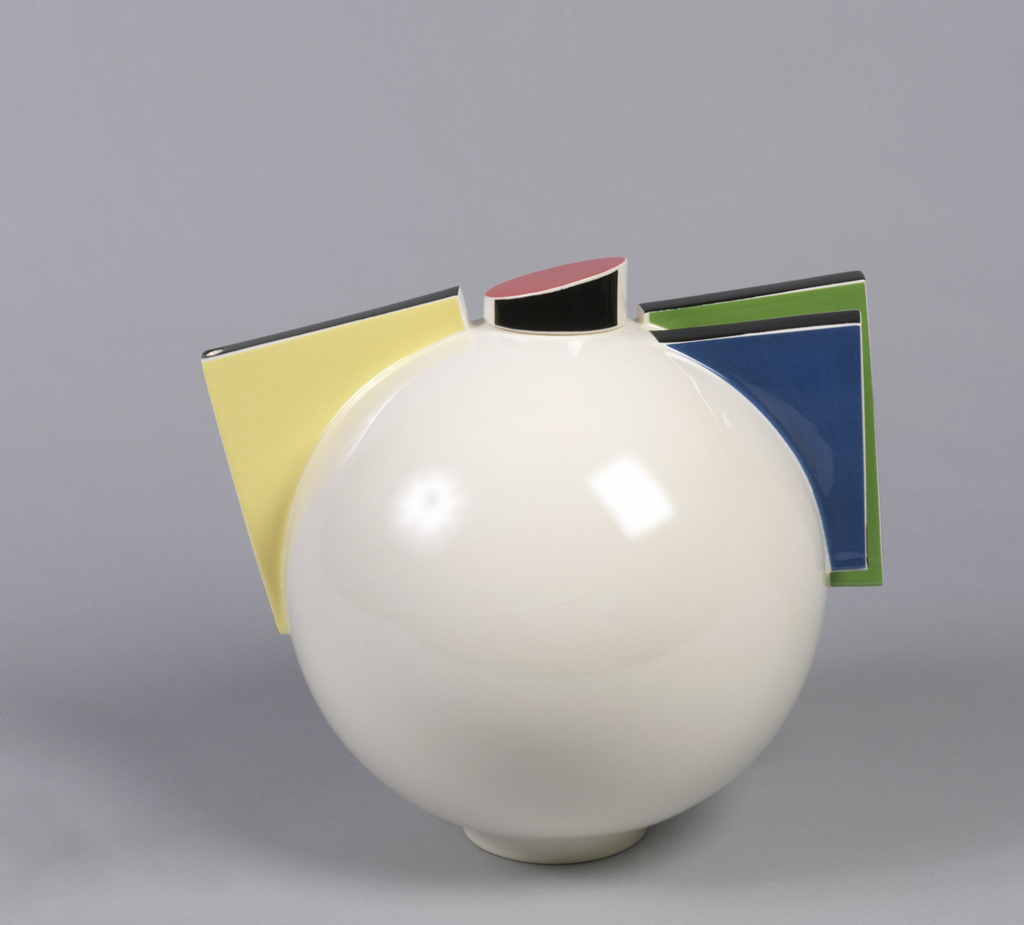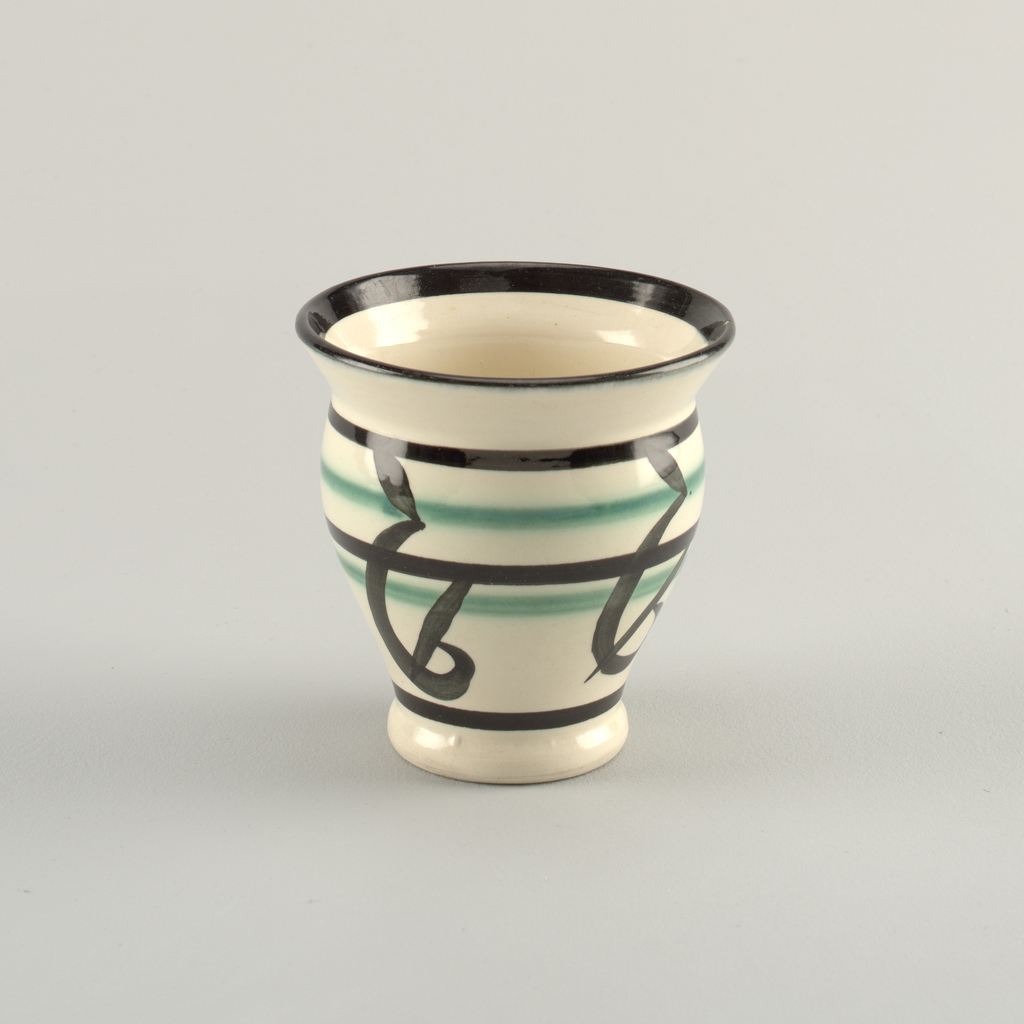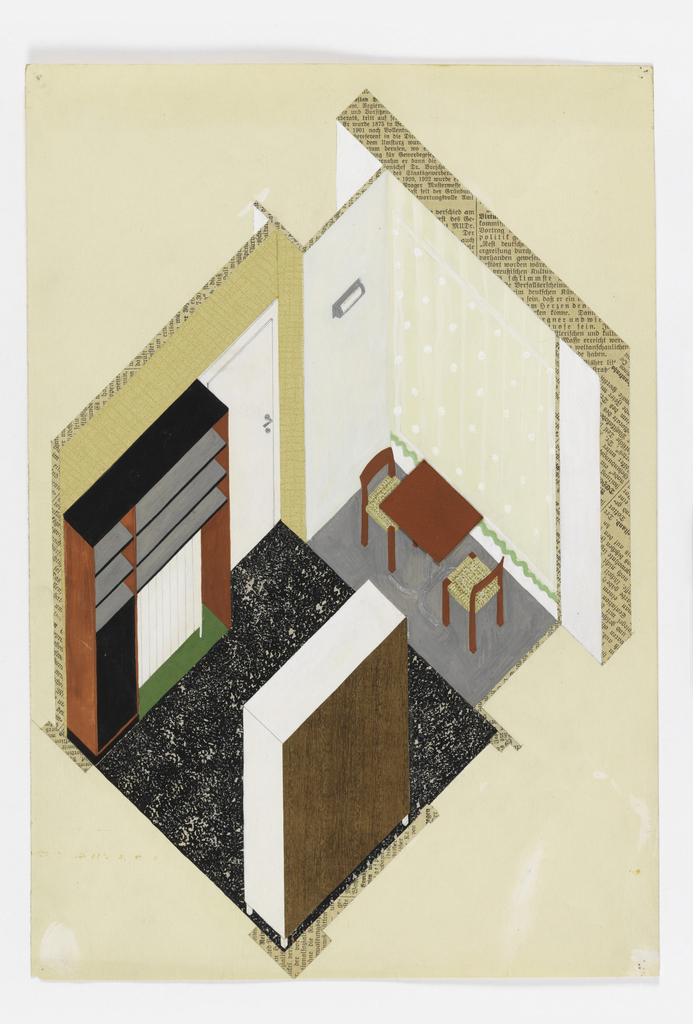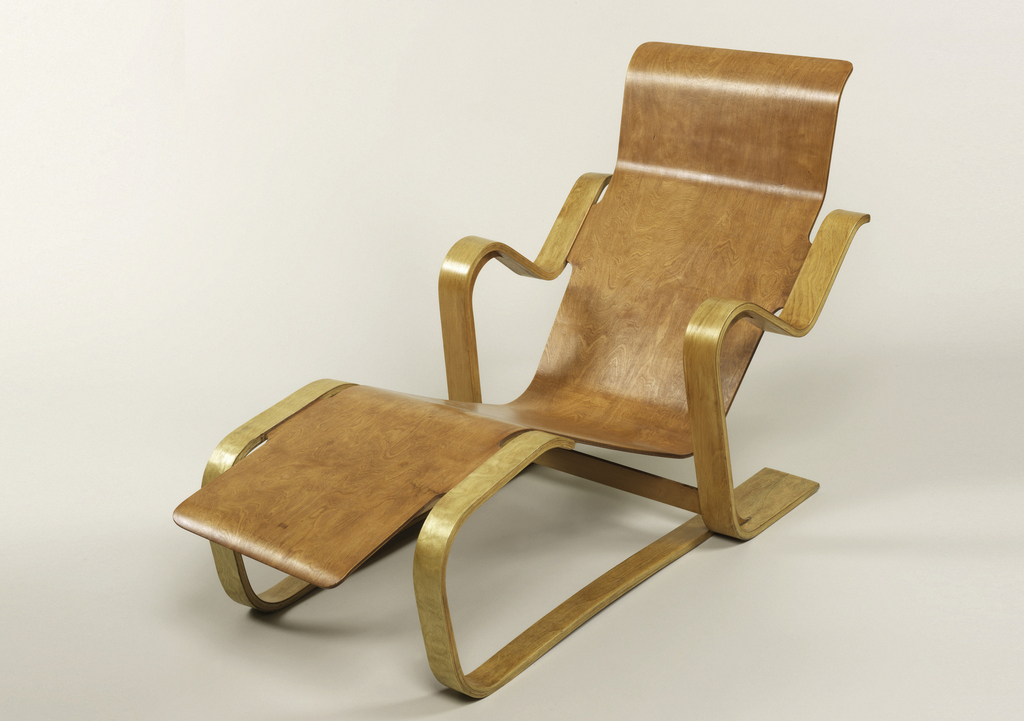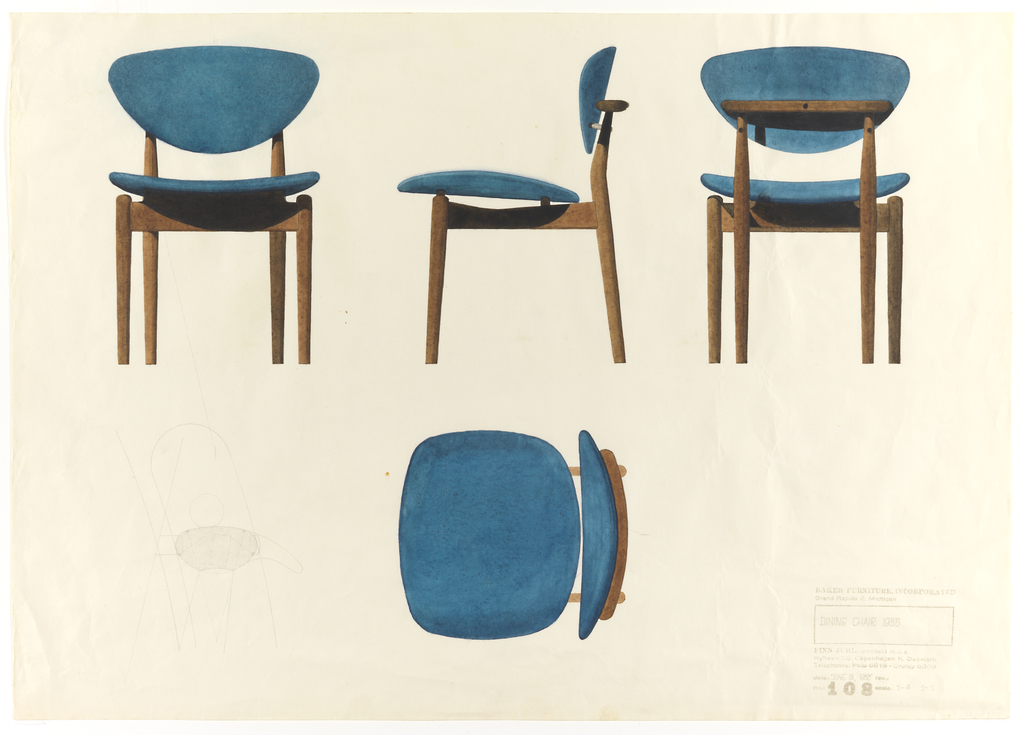Presented in collaboration with the Letterform Archive, San Francisco What is Bauhaus typography, and why does it matter? Take a virtual tour of Letterform Archive’s exhibition Bauhaus Typography at 100, and get up close and personal with little-known works from the collection of Cooper Hewitt, Smithsonian Design Museum. Look at key pieces of graphic design...
The Bauhaus, a school of design and architecture founded in Weimar, Germany, in 1919 by Architect Walter Gropius, had the goal of developing unity of the arts through craftsmanship taught in specialized workshops by key theorists and practitioners, among them Johannes Itten, Marcel Breuer, Lázló Mology-Nagy, Mies van der Rohe, Oskar Schlemmer, Josef Albers, and...
Herbert Bayer is known for his work as a student and teacher at the Bauhaus, the famous German art school that integrated art, design, and daily life. During Bayer’s formative years at the Bauhaus (1921–1928), he helped create the modern discipline of graphic design by using photography, type, and geometric systems to promote products and...
In celebration of Women’s History Month, March Object of the Day posts highlight women designers in the collection. Adelgunde “Gunta” Stölzl was one of the most successful women designers connected with the Bauhaus, the school founded in 1919 by the German architect Walter Gropius. The mission of the Bauhaus was to integrate art, design, and craft...
To celebrate the opening of Saturated: The Allure and Science of Color (May 11, 2018-January 13, 2019), Object of the Day this month will feature colorful objects from the exhibition. Professor Johannes Itten created a color sphere, represented by this 12-pointed star, as a tool for students at the Bauhaus. Inspired by Philipp Otto Runge’s...
In celebration of Women’s History Month, March Object of the Day posts highlight women designers in the collection. Today’s blog post was written by Caitlin Condell and originally published September 30, 2015. German-born Margarethe (Grete) Fröhlich was a young artist when she moved to Frankfurt, Germany in 1929. In the early 1920s Frankfurt had experienced a...
This rare catalog details the curriculum, philosophy, faculty, and objectives of the School of Design in Chicago in the early 1940s. It is essentially a promotional guide geared to perspective students. The New Bauhaus, as the institution was called, was created as an industrial design school by Hungarian born Bauhaus masters László Moholy-Nagy (1895-1946) and...
One would not have thought that “fragment” and “porcelain” could co-exist as happily as they do in this teapot, from Marek Cecula’s “Fragment Series”. Why fragment? Cecula (born Poland, 1944, working in New York) writes that, in creating the “Fragment Series”, he wanted to “substitute conventional functionality into a utilitarian sculpture.” In this sense, the...
Margarete Heymann-Loebenstein-Marks, also known as Grete Marks, was a German ceramicist and painter who studied at the Bauhaus School of Arts in Weimer in 1920–21, alongside Paul Klee and Georg Muche. Prior to this, she had attended the Kunstgewerbeschule in Cologne and studied painting at the Akademie der bildenden Künste in Düsseldorf. Her time at...
German-born Margarethe (Grete) Fröhlich was a young artist when she moved to Frankfurt, Germany in 1929. In the early 1920s Frankfurt had experienced a housing crisis. In an effort to address the shortage of affordable housing, the city embarked on a major building project, constructing nearly 15,000 residences in a period of five years. The...
The Hungarian-born Marcel Breuer is perhaps best known for his tubular steel B3 (‘Wassily’) and B32 (‘Cesca’) chairs, which he designed while leading the carpentry workshop at the Bauhaus, after it moved from Weimar to Dessau, Germany, in 1925. Legend has it his experiments with tubular steel were inspired by his bicycle. Breuer, who was...
In 1931 when he designed this poster, the Swiss artist, designer, and architect Max Bill had already completed several years of study at the Bauhaus under the guidance of artistic luminaries Oskar Schlemmer, Paul Klee, and Wassily Kandinsky. Bill had returned to Switzerland in 1929, and it was while living in Zürich that he received...
In 1951, Danish architect and designer Finn Juhl brought Danish Modernism to forefront of American consciousness. He did so with his interior for the “Good Design” Exhibition in Chicago, as well his design for the Trusteeship Council Chamber at the UN headquarters in New York, which he completed the following year. However, Juhl’s sculptural forms,...
The evening of May 19th capped off a three-day residency at the Cooper-Hewitt for Natalie Chanin, founder and designer of the design studio Alabama Chanin. Chanin, one of the founders of the burgeoning “slow fashion” movement, followed up her two-day Design Directions workshop for teenagers with an hour-long public lecture and book signing. “Lecture”...

